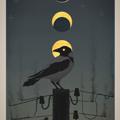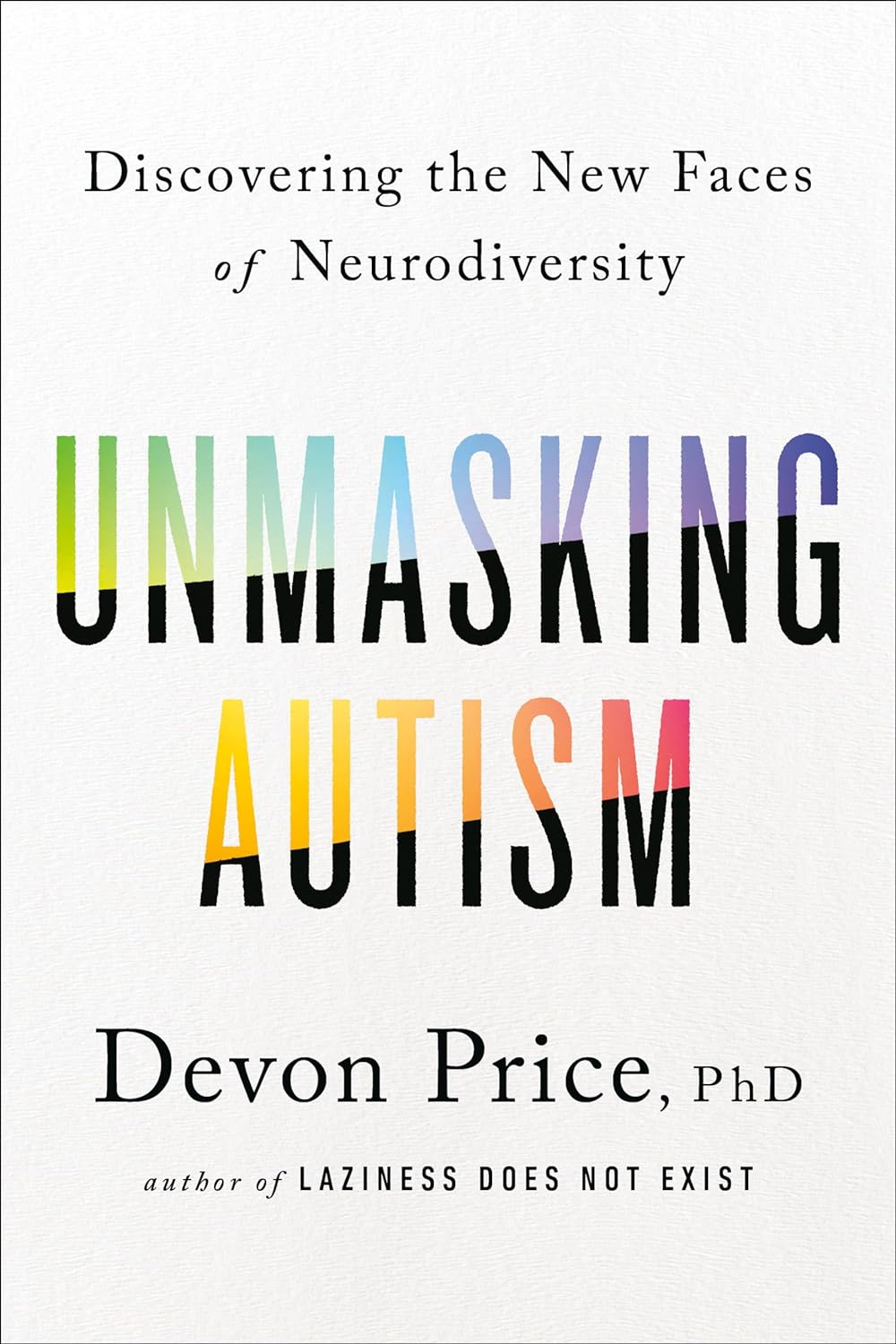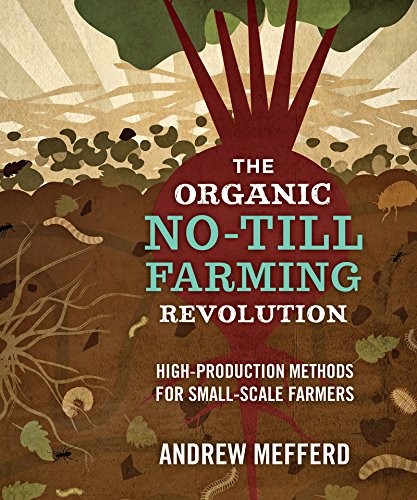Autistics are a diverse group, though, and we don't all have to agree on which terms we like and dislike having used for ourselves. If you are Autistic, you get to decide what language works best for you. Some people prefer to say they are "on the spectrum," for example, rather than strictly Autistic. Others identify as having Asperger's, though that disorder label no longer exists, and was rooted in Hans Asperger's eugenicist research. (...)
I find it’s far more important to question the belief that supposedly “higher functioning” Autistic lives matter more than others than it is to scrub all people’s language of outdated or problematic terms. Additionally, it is vital that the disability self-advocacy community remain accessible to all people of all ability levels. That requires we extend grace and understanding to people who don’t communicate exactly the way we might like them to.
There's a lot of information available for free on the Internet, but now that I've been growing food on a (very) small surface for a few years, I realize I often understood the general idea but didn't get some details that actually make this or that technique work. For instance I understood why it was important not to till, but sometimes I sowed seeds on a soil that was still too hard and could have been slightly loosened on its first centimeters and fertilized (the seeds obviously didn't grow).
I'm still at the beginning of this book but I'm glad the author aims to talk about different versions of no-till, which may or may not be adapted to the reader's situation or specific culture, goes into details, and then interviews several farmers who successfully applied these no-till techniques.


